China has planned more than 60 space launches for the year 2023.
The China Aerospace Science and Technology Corporation (CASC) is expected to have more than 50 launches, and other Chinese space enterprises will have more than 10 launches.
Among them, carrier rockets Long March-2F and Long march-7 will carry out missions for the operation of China's space station, which is in regular operation and has entered the first stage of its application and development.
In 2023, a new modified version of the carrier rocket Long March-6 is expected to have its maiden flight. The Long March-6, fueled by liquid propellant made of liquid oxygen and kerosene, is China's first carrier rocket that uses non-toxic and non-polluting fuel.
PR-1 is currently China's largest solid-fuel rocket. Last July, PR-1 successfully sent six satellites into their preset orbit. PR-2 is expected to be launched in the first half of 2023.
In 2023, China will continue to promote its lunar exploration and planetary exploration projects and carry out the development of the lunar probe Chang'e-7, Mars probe Tianwen-2, and other models.
Jan. 3 is the fourth anniversary that the Chang'e-4 lunar probe landed on the moon. Chang'e-4 is still the only lunar mission that made a successful soft landing on the far side of the moon and carried out exploration tasks. The lunar rover Yutu-2, or Jade Rabbit-2, is in good condition and has traveled 1,455 meters on the moon's far side as of Jan. 3.
Chang'e-6 is set to collect samples from the far side of the moon and bring them back to Earth around 2025. If successful, it will be the first time mankind achieves such a mission.
Chang'e-7 is going to land on the moon's South Pole and have a flyover to search for water in the caves at the moon's South Pole.















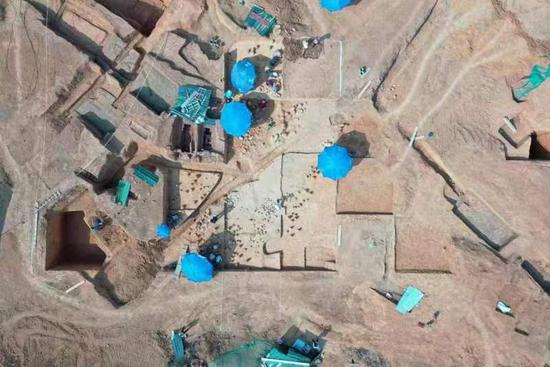






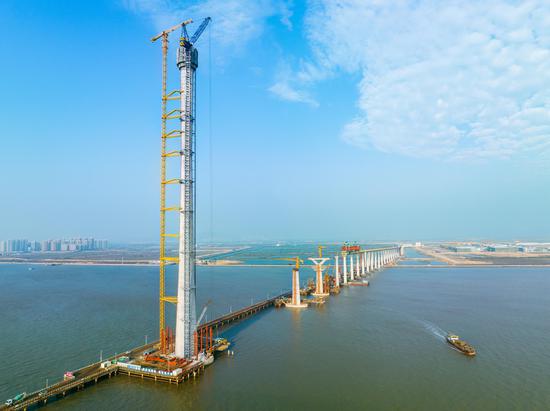

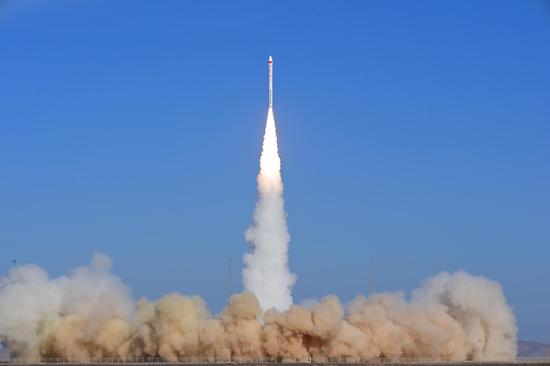
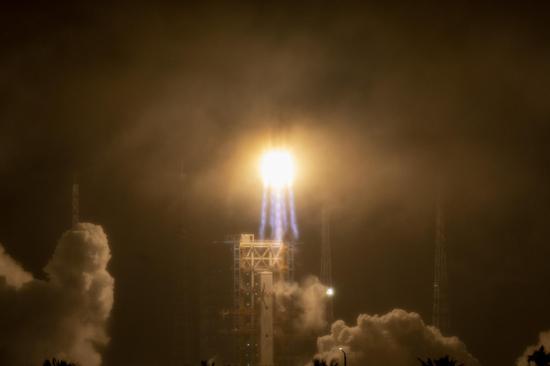


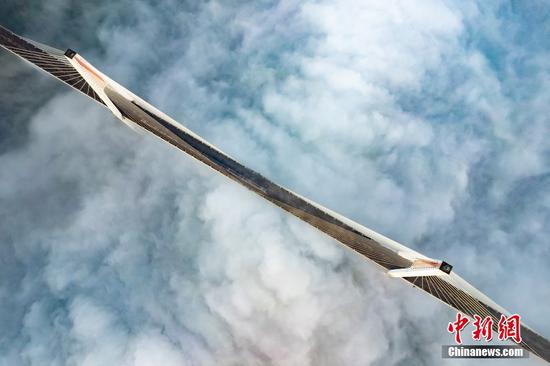




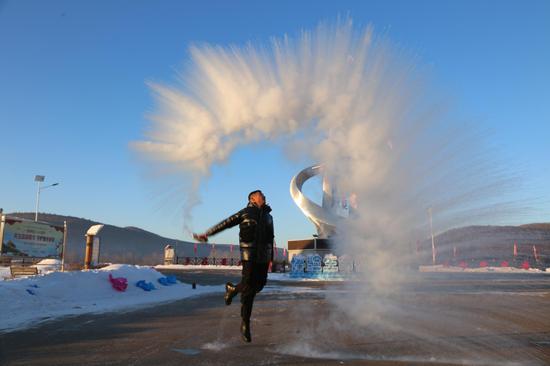
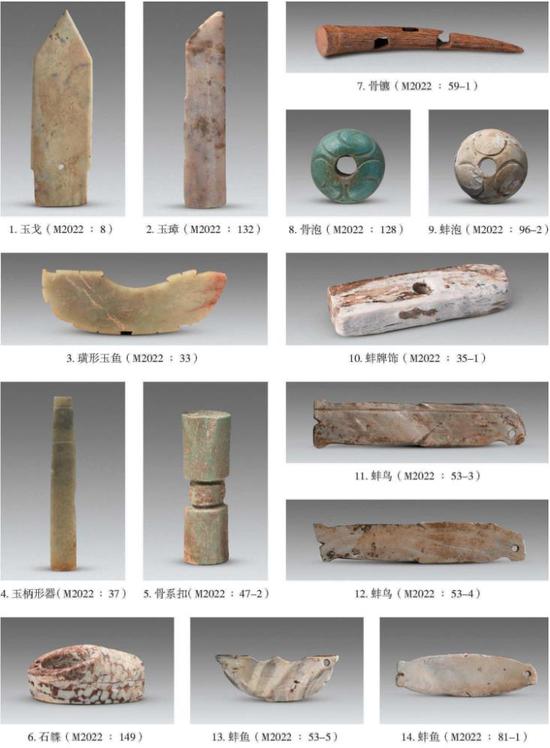

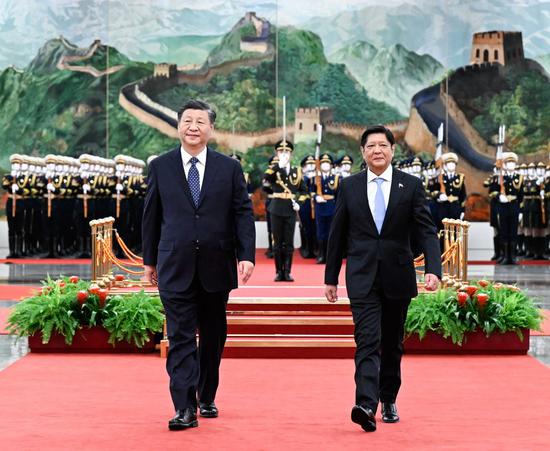

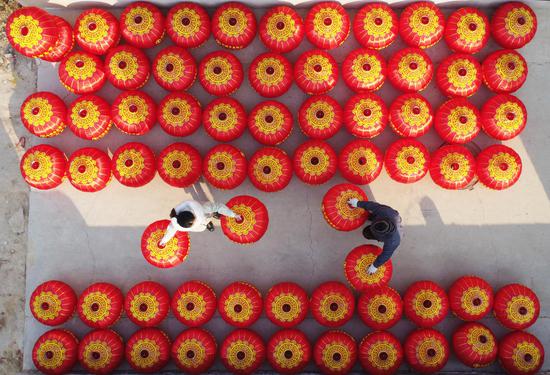











 京公网安备 11010202009201号
京公网安备 11010202009201号